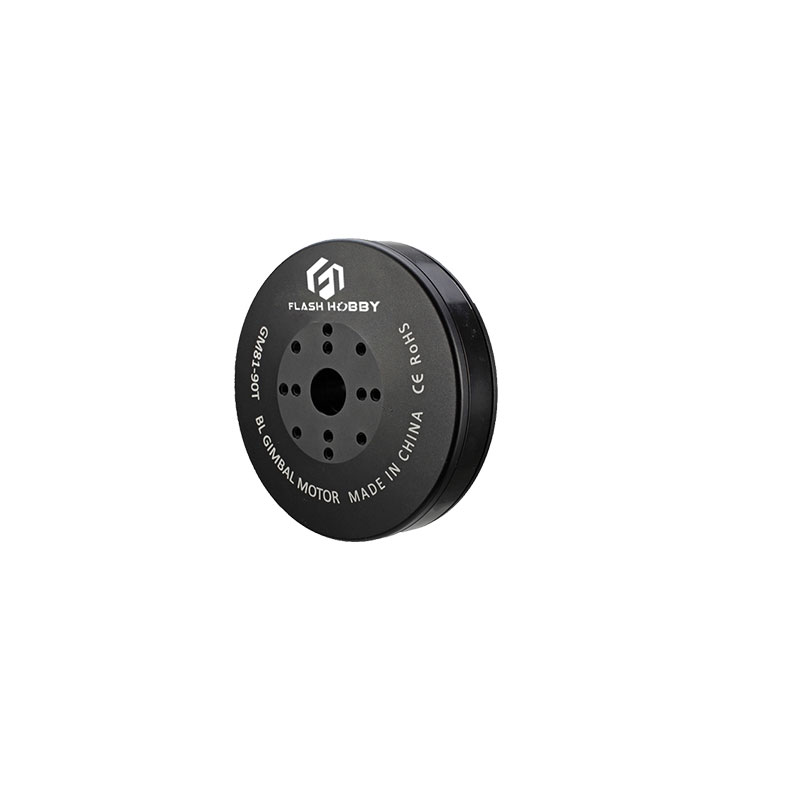How is a brushless gimbal motor different from a regular brushless motor?
2024-01-06
A brushless gimbal motor and a regular brushless motor share the fundamental principle of operation: both use electromagnetic fields to generate rotational motion without the need for brushes and commutators, which are common in traditional brushed motors. However, there are distinct differences between these motors based on their design, purpose, and functionality:

1. Purpose and Application:
- Brushless Motors: Regular brushless motors are used in various applications, including drones, RC vehicles, industrial machinery, and more. They are designed for generating rotational motion and torque in a wide range of systems.
- Brushless Gimbal Motors: These motors are specifically designed for gimbal systems used in stabilizing cameras or other equipment. Their primary purpose is to provide precise, smooth, and stabilized movements along multiple axes (typically three axes: pitch, yaw, and roll) to maintain the stability of the camera or payload.
2. Design and Construction:
- Brushless Motors: Regular brushless motors typically have three or more phases of coils wound around the stator and permanent magnets on the rotor. They are optimized for generating torque and speed efficiently.
- Brushless Gimbal Motors: Gimbal motors are designed with a focus on precision and low weight. They often have smaller dimensions, lower torque, and higher RPM compared to regular brushless motors. Additionally, gimbal motors are engineered for smooth and accurate movements with minimal vibrations, which is critical for stabilizing camera systems.
3. Control and Operation:
- Brushless Motors: Regular brushless motors are controlled using electronic speed controllers (ESCs) and can rotate continuously in either direction based on the input signals from the controller.
- Brushless Gimbal Motors: These motors require specialized control algorithms and dedicated gimbal controllers to enable precise movements along multiple axes. They operate within specific ranges and are highly responsive to control signals, allowing for smooth and stabilized camera movements.
4. Torque and Speed Characteristics:
- Brushless Motors: Regular brushless motors are designed to provide higher torque and lower RPM, suitable for driving various mechanical systems that require significant power output.
- Brushless Gimbal Motors: Gimbal motors are optimized for higher RPM and lower torque, focusing on precise and controlled movements rather than raw power output.
In summary, while both brushless gimbal motors and regular brushless motors operate on similar principles of electromagnetic induction, their designs, intended applications, control mechanisms, and performance characteristics differ significantly to suit their specific purposes.


